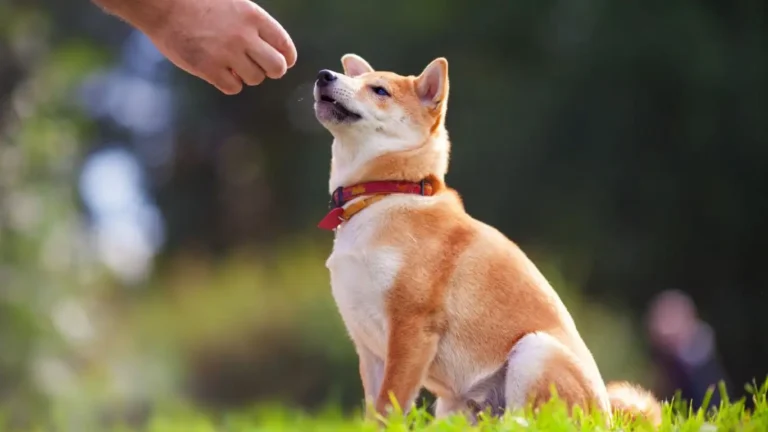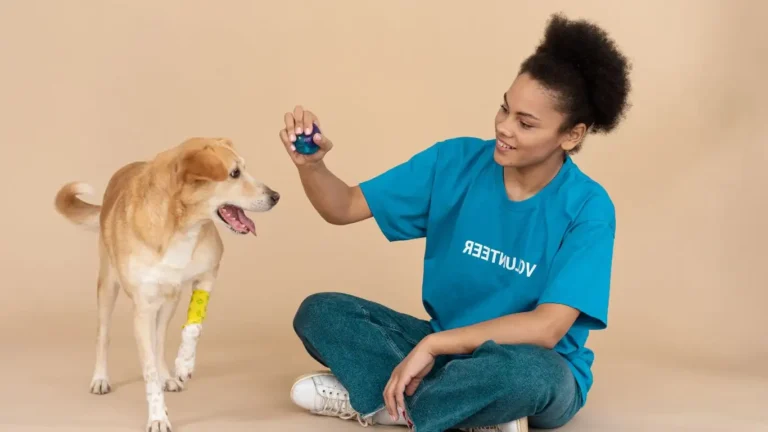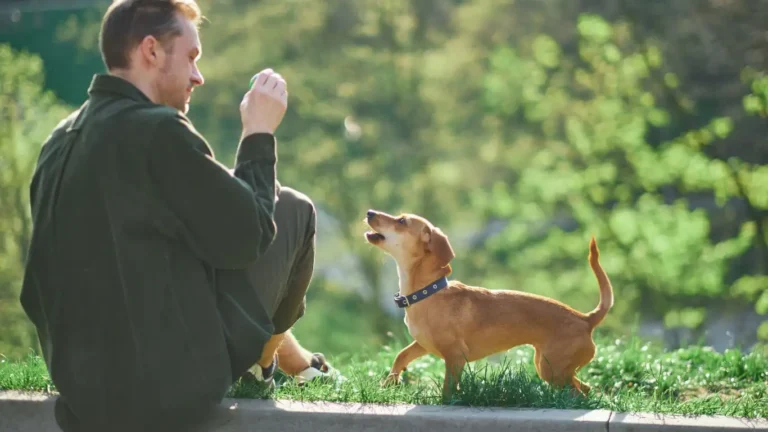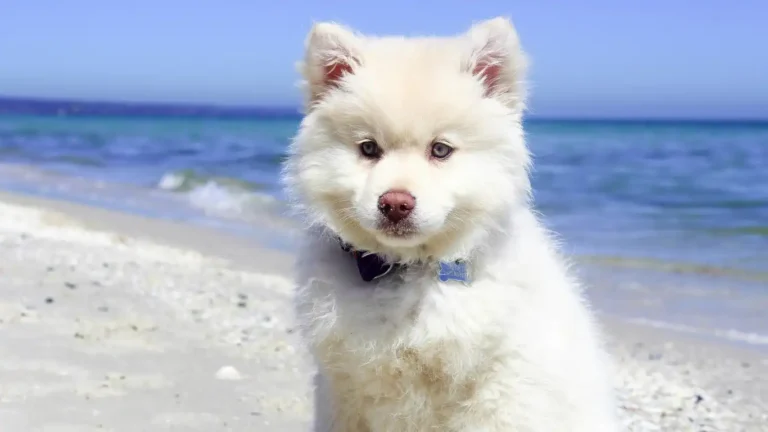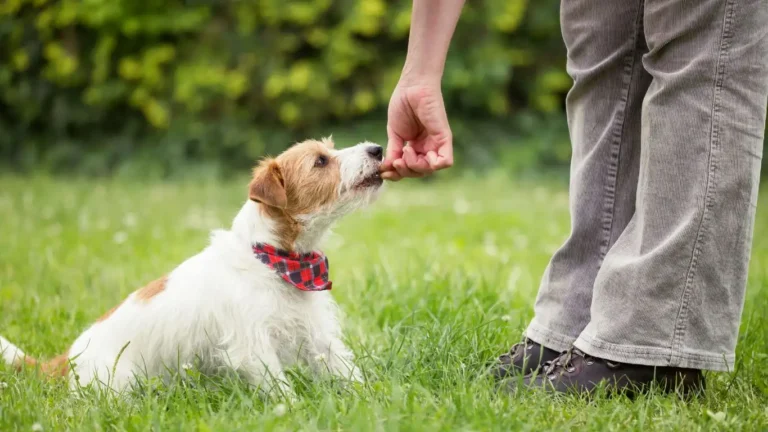How to Train a Dog to Ignore Squirrels: Proven Tips That Work Fast
Let me tell you, when you’re walking a dog that’s laser-focused on squirrels, it can feel like trying to fly a kite in a hurricane. As a Canine-Assisted Therapy Trainer, I’ve had my fair share of leash-yanking, squirrel-chasing chaos. So if you’re wondering how to train a dog to ignore squirrels, you’re absolutely in the right place. This isn’t just about obedience—it’s about creating calm confidence in your dog, even in the face of those pesky backyard acrobats. And yes, it’s totally doable (without turning into a drill sergeant).
Why Dogs Lose Their Minds Over Squirrels
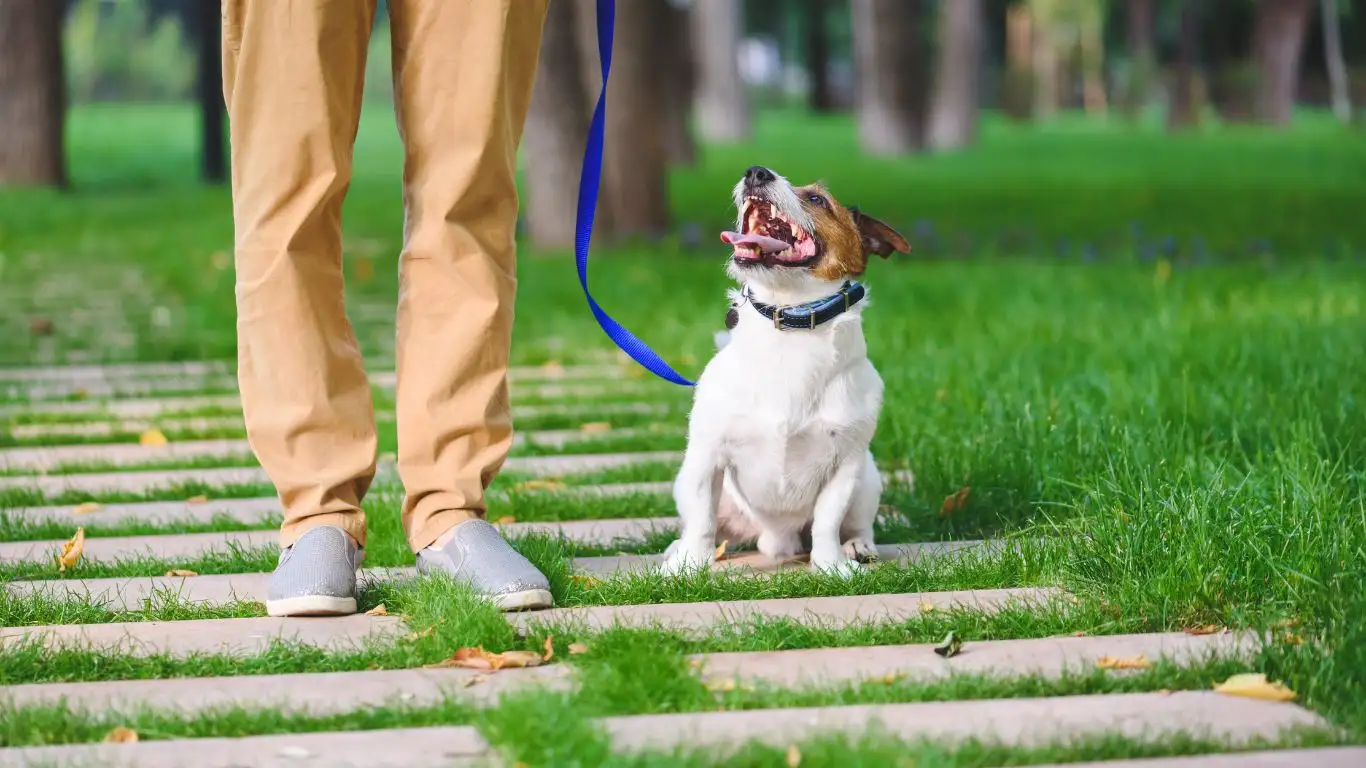
Before we jump into training tactics, let’s talk about the “why.” Understanding your dog’s instincts is huge for making progress.
It’s All About Prey Drive
That lightning-fast bolt toward a squirrel? It’s not disobedience—it’s instinct. Dogs, especially breeds like terriers, retrievers, and shepherds, are wired with a prey drive. Squirrels are the perfect target: small, fast, and darting unpredictably. Honestly, if I had a treat every time a Golden Retriever on my therapy team locked eyes with a squirrel, I’d be retired in Bali by now.
Sensory Overload
Your dog’s senses are on a different level. That rustle in the tree that we barely notice? It’s like surround-sound IMAX for them. Combine that with the excitement of being outside, and boom—mental overload. Squirrels are basically four-legged distractions on turbo mode.
First Step: Foundation Training (Yes, Before You Even Think About Squirrels)
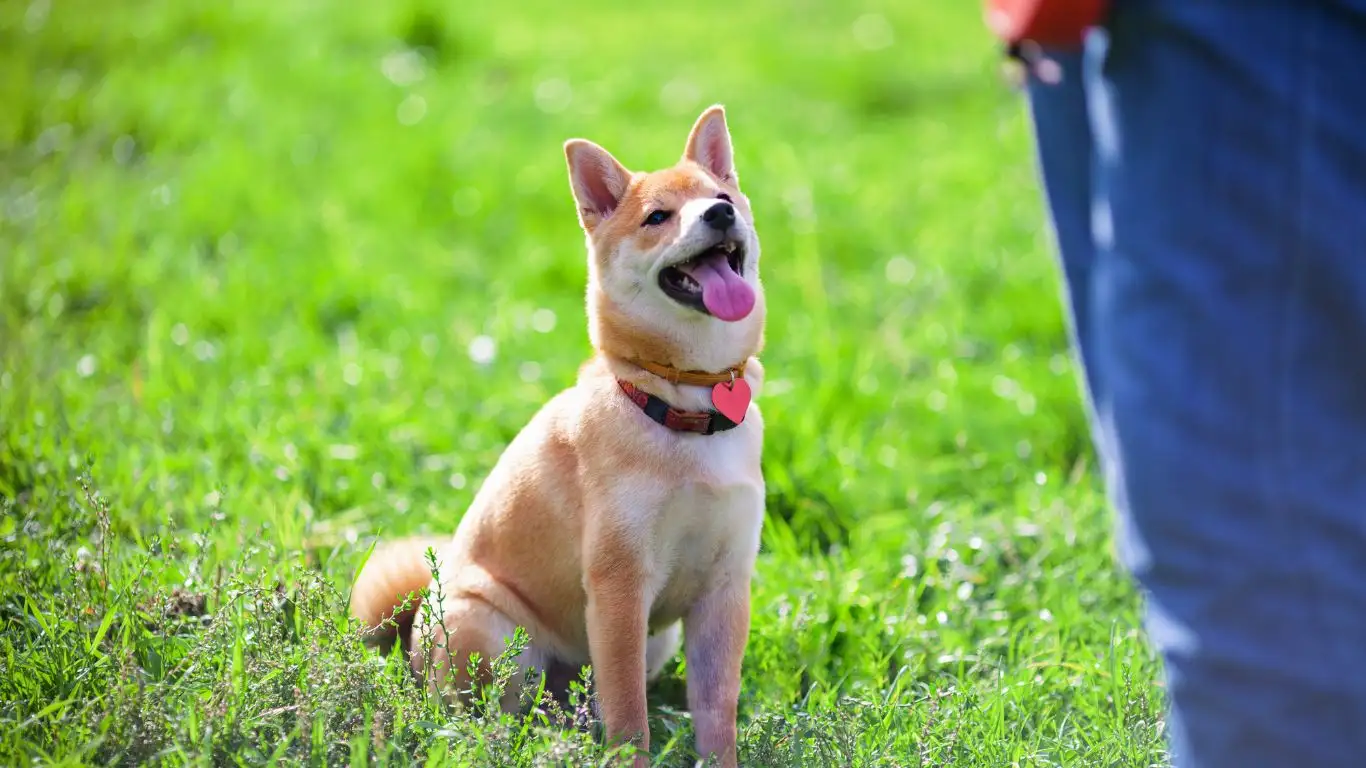
Start With the Boring Stuff—It Works
I know it’s tempting to jump straight into squirrel training, but trust me, if your dog doesn’t have the basics down, you’re skipping the most important part. Think of this like trying to run before you can walk.
- Reliable Recall: Your dog should come to you every time you call. If not, work on it. No exceptions.
- Leash Manners: A dog who pulls like a freight train isn’t ready for squirrel tests. Teach loose leash walking in calm environments first.
- Impulse Control: I teach my dogs to wait before going through doors, sitting calmly for meals, and resisting food on the floor. These exercises build mental muscle.
How to Train a Dog to Ignore Squirrels Without Losing Your Mind
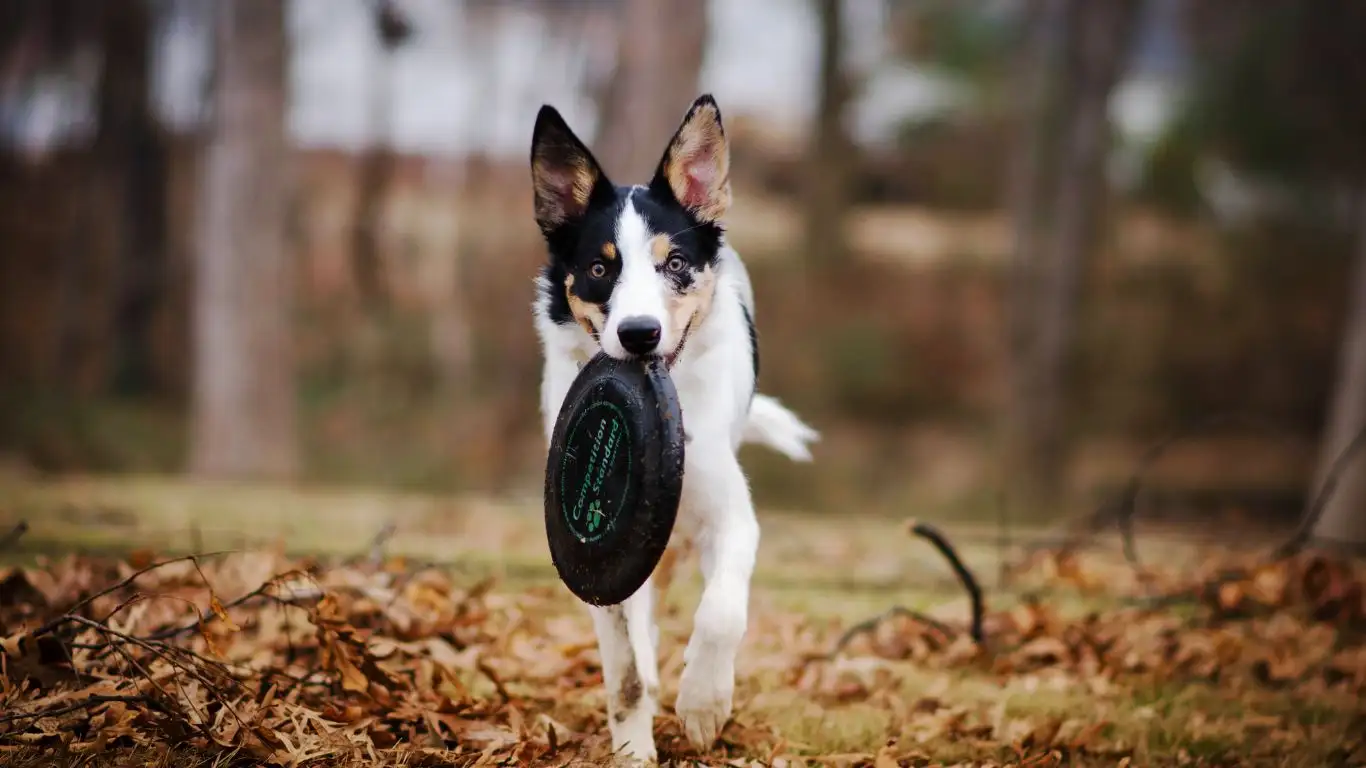
Desensitization: Make Squirrels Boring
Here’s where it gets interesting. You’ve got to help your dog see a squirrel and go, “Eh, whatever.” I do this through slow, repeated exposure in a controlled way. It’s called desensitization.
- Find a spot with squirrels but far enough away that your dog doesn’t freak out.
- Use treats they love—like, better-than-steak level treats.
- When your dog notices the squirrel but doesn’t react? Mark it with a “yes!” and treat.
- Gradually move closer over sessions. Don’t rush. If your dog loses it, back up.
Introduce a “Look at Me” Command
This is my go-to command when I want a dog to break their fixation. It’s simple:
- Hold a treat near your eyes and say, “Look at me.”
- When they make eye contact, reward immediately.
- Practice daily in different environments before trying it near squirrels.
This skill is gold. When you’re walking past a squirrel-filled tree, and your dog whips their head to you instead of lunging—that’s the magic moment. It’s happened more than once on therapy walks, and it never gets old.
Building Focus Around Squirrel Distractions
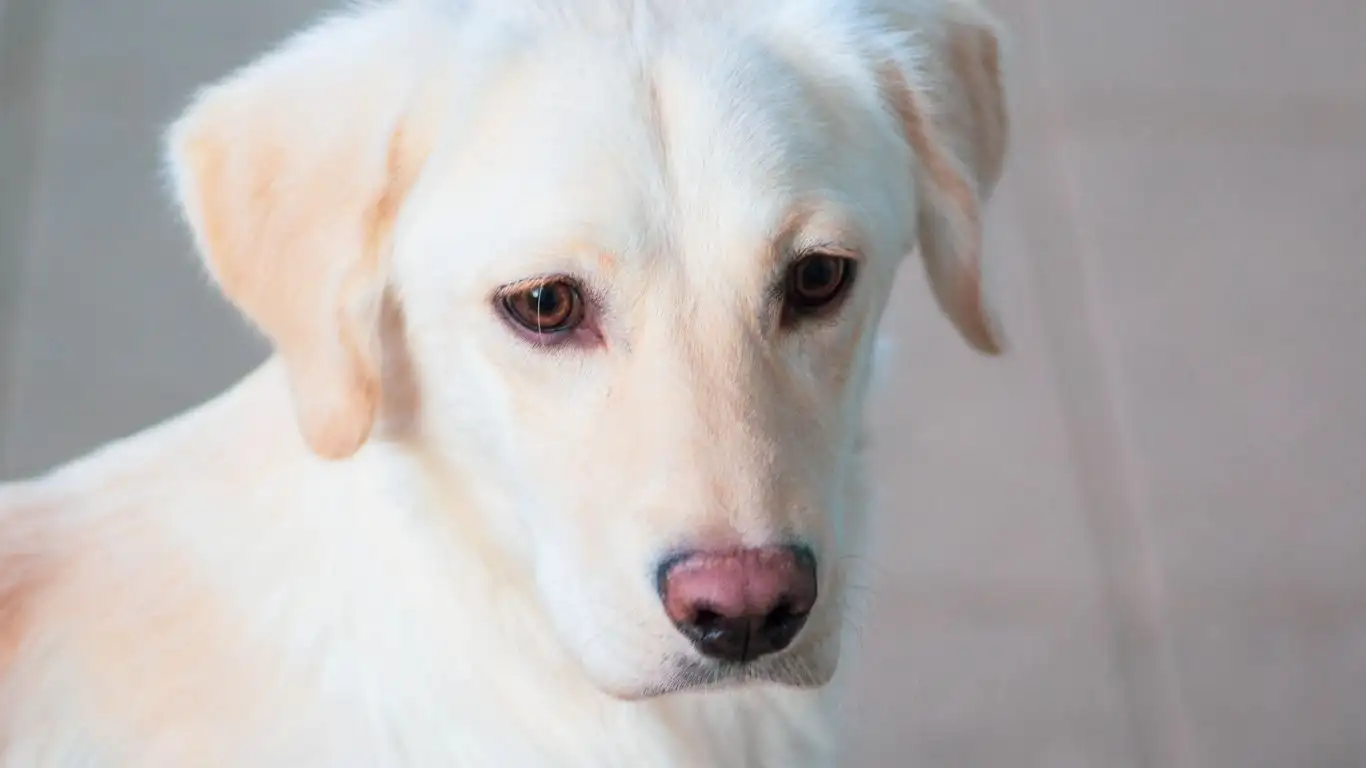
Once your dog starts getting the hang of staying calm from a distance, it’s time to raise the stakes. And by stakes, I mean… more squirrels. Controlled, thoughtful exposure is your best friend here. I remember working with a Labradoodle named Mocha—total sweetheart in therapy sessions, but the second she spotted a squirrel? Boom—zero chill. What worked wonders with her was layering in distractions slowly, so she was never overwhelmed, but always challenged.
Distance + Duration = Control
There’s a little formula I use with clients: distance and duration. You need to build both to get real-world results. Here’s how that looks:
- Start far away: Where your dog notices but doesn’t react.
- Gradually decrease distance: Only once your dog is consistently calm.
- Increase time: Ask your dog to stay focused for longer before giving the reward.
This method builds impulse control in layers. Don’t rush it. If your dog is pulling, whining, or jumping? That’s your cue to back up a step.
Adding Motion to the Mix
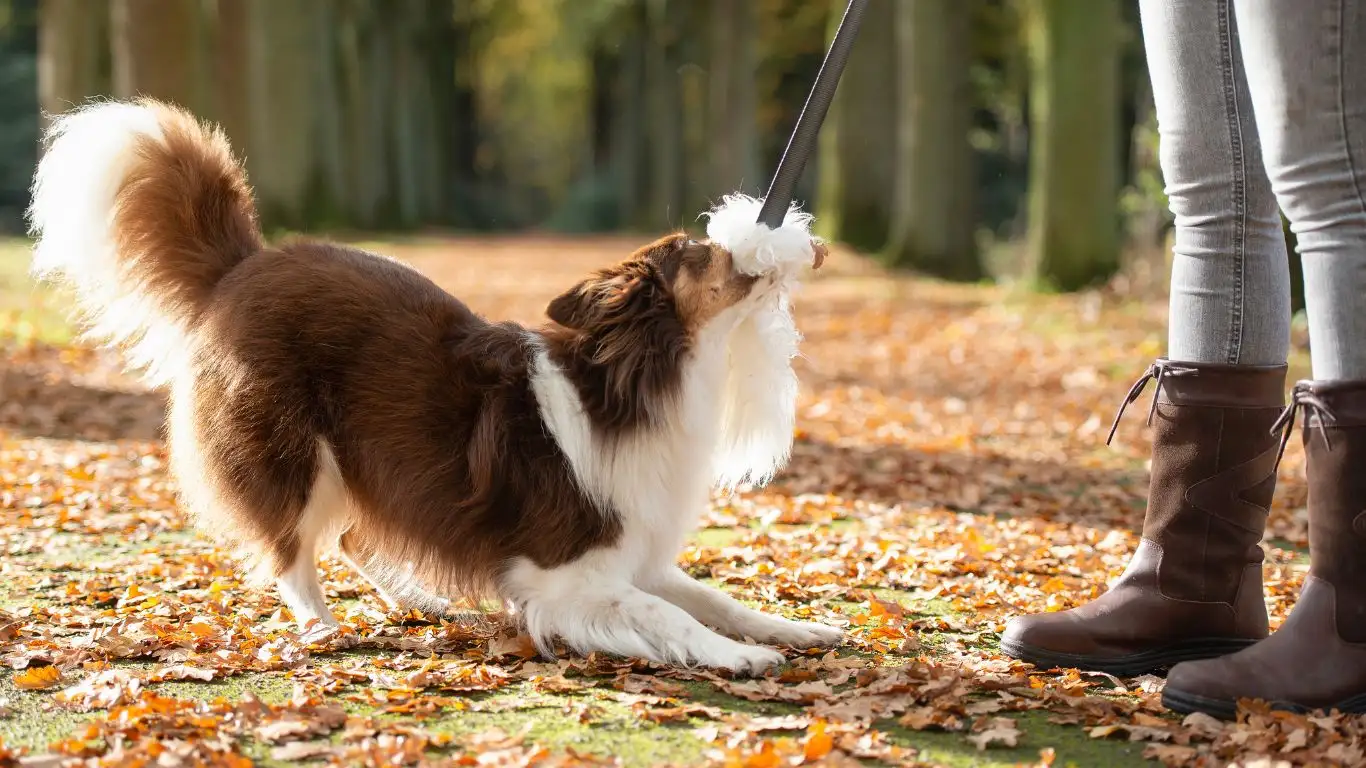
Once your dog can stay chill around a still squirrel, it’s time to add the next level of difficulty: movement. That’s where a lot of dogs lose their cool again, and that’s okay. Remember, we’re not looking for perfection—we’re building progress.
Use Controlled Movement First
I’ll often work with a helper who walks a dog (or even just jogs) near the squirrel area while I train. This gets the trainee used to motion in the environment without immediately being overstimulated by a real squirrel’s erratic zigzags.
- Start with the helper far enough away that your dog stays focused on you.
- As your dog succeeds, inch closer or speed up the movement.
- Reward calm behavior like it’s the lottery.
Eventually, when a real squirrel bolts, your dog has enough experience that it’s not the end of the world. Trust me, I’ve seen it firsthand on busy trails—dogs who used to react instantly now just glance up, then refocus. It’s a proud trainer moment every time.
Reinforce the Right Choice, Every Single Time

Here’s something I always tell clients: good behavior has to be more rewarding than chasing squirrels. Sounds simple, but it’s often the piece folks skip. I always keep my treat pouch stocked with high-value goodies—think dehydrated liver, cheese, or even tiny bits of hot dog (seriously).
Reward the Calm Moments
Don’t just wait for your dog to ignore a squirrel. Reward every little sign of impulse control:
- Looking away from a squirrel.
- Making eye contact with you instead.
- Choosing to walk past without lunging.
And yes, sometimes I throw in a game of tug or a quick play session as a reward too. Not every dog is food-driven, so mix it up based on what makes your dog tick.
Be Consistent—Even When It’s Inconvenient
There will be times you’re in a rush or just not in the mood to train. I get it. But every walk is an opportunity to reinforce these skills. Skipping practice for just a few days can cause a backslide. It’s not about being perfect—it’s about being consistent enough that ignoring squirrels becomes second nature.
One of the therapy dogs I worked with, a rescue mutt named Benny, used to go full tornado mode whenever he saw a squirrel. Now? He sees one, pauses, then looks at his handler for guidance. That transformation happened not because he was “fixed,” but because the training became a daily habit. Little wins, stacked daily, lead to calm dogs and happy walks.
Handling Setbacks and Keeping Patience
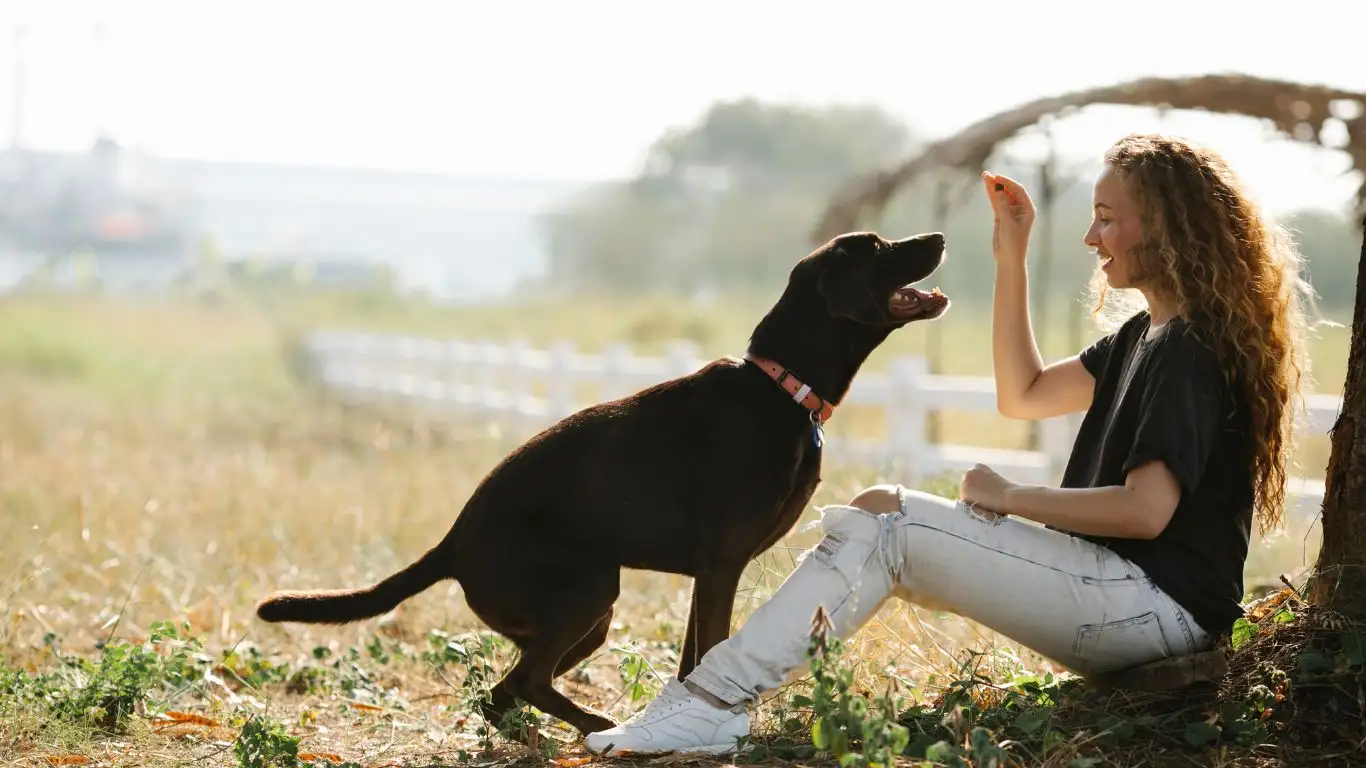
Let me be real with you: no matter how great your training plan is, setbacks will happen. I’ve been there more times than I can count, working with dogs who suddenly forget everything the moment a squirrel darts across their path. It’s frustrating, but it’s totally normal—and honestly, it’s part of the process.
Why Dogs Regress Sometimes
Stress, distractions, changes in environment, or even just a particularly bold squirrel can throw your dog off their game. Think about it like us trying to stay focused in a noisy café after a long day—sometimes, it’s just not happening.
Here’s the trick: when your dog messes up, don’t scold or punish. That just adds stress and makes the squirrel even more tempting. Instead, reset the situation calmly and keep sessions short and positive. Sometimes I take a break, toss a toy for a quick mental reset, and try again later.
Keep Your Cool and Celebrate Small Wins
I always remind my clients: training is a marathon, not a sprint. Every time your dog looks at you instead of lunging, that’s progress. Celebrate those moments like a tiny victory dance in your head—even better if you actually dance (your dog will love the energy).
From my experience, dogs pick up on our energy more than we realize. Staying relaxed and upbeat helps your dog stay calm too.
Tips for Real-Life Success: Walks, Parks, and Beyond

Now, let’s talk about applying all this training magic in the real world. Squirrels aren’t just in backyards—they’re everywhere: parks, trails, even urban streets. Here’s what I’ve found helps the most during our therapy walks and everyday adventures.
Plan Your Routes Wisely
If you’re just starting out, choose walking routes where squirrels are present but not overwhelming. Parks with open spaces and fewer trees can be easier to manage at first. Over time, you can venture into squirrel “hot zones” as your dog’s skills improve.
Use the Environment to Your Advantage
Sometimes, nature gives you a hand. Position yourself between your dog and the squirrel, use trees or benches as gentle visual barriers, and keep your dog’s focus on you. It’s all about setting your dog up for success, not testing their limits in high-distraction zones from the get-go.
Bring High-Value Rewards and Keep Them Handy
I cannot stress this enough: always carry your dog’s favorite treats or toys. When a squirrel appears, reward your dog for looking to you instead of darting off. Over time, ignoring squirrels becomes way more rewarding than chasing them.
Practice Makes Perfect
Even a few minutes of squirrel-proof training every day can make a huge difference. Don’t wait for the “perfect” moment or place—every walk is an opportunity to reinforce calm behavior. I often recommend mixing training into daily routines, whether it’s waiting at a crosswalk or practicing “look at me” during a quick break.
Final Thoughts on Training Your Dog to Ignore Squirrels
So, if you’ve stuck with me this far, you’re already ahead of the game. Training a dog to ignore squirrels takes patience, consistency, and a good sense of humor. Remember, it’s not about completely erasing your dog’s natural instincts—it’s about teaching them when and where those instincts can take a backseat.
As someone who’s spent years training dogs for therapy and everyday life, I can tell you it’s one of the most rewarding challenges. Your dog gets to enjoy the outdoors calmly, you get to enjoy peaceful walks, and everyone wins.
References
- American Kennel Club
- ASPCA
- PetMD
- American Gastroenterological Association (for general reliability in referencing reputable sites)
Disclaimer
This article is based on my personal experience and knowledge as a Canine-Assisted Therapy Trainer. It is intended for informational purposes only and should not replace advice from a professional dog trainer or veterinarian. Every dog is unique, so always tailor training methods to your dog’s individual needs and consult professionals if you encounter behavioral challenges beyond your comfort level.
